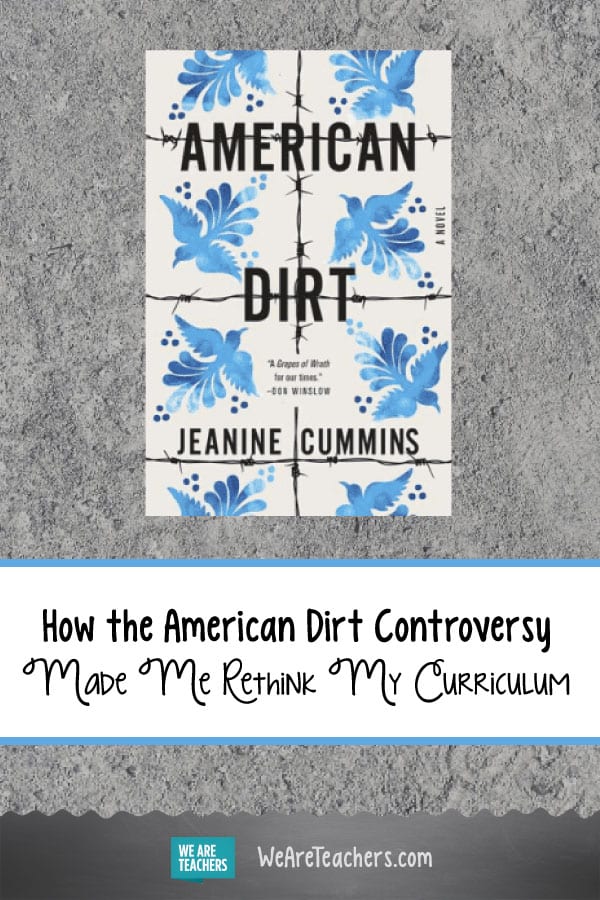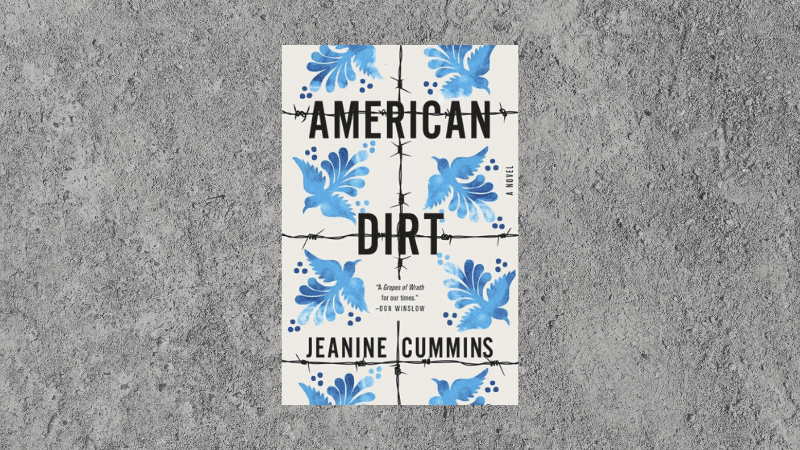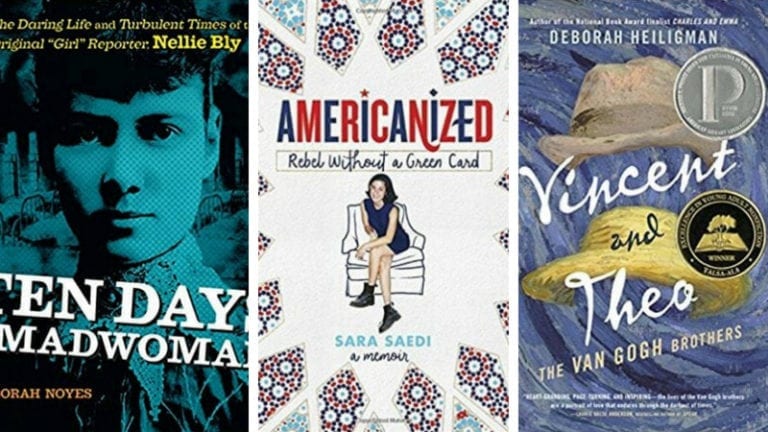In case you missed the literary scandal that is American Dirt, here’s what happened. Oprah read a book about a family that immigrates from Mexico, liked it, and put it on her booklist. Then, the internet exploded. It turns out that the author is a white woman, and a LOT of people are less than thrilled about both the messenger and the message.
Note: I haven’t read American Dirt. That’s not out of principle—there’s nothing I’ll refuse to read out of principle—it’s just that I don’t need to own one more book and there’s a waitlist a mile long at the public library so I haven’t gotten around to it yet. I’m not here to critique a book I’ve never read; God knows, there’s enough of that happening already. But I did explain the controversy and discuss it with my students, and if there was a way to include an American Dirt curriculum in my classroom.
As far as I can tell, there are two major issues readers have taken with American Dirt. Both of them made me pause to reflect on the curriculum I use in my seventh-grade language arts class.
1. Authenticity … can a white writer speak for people of color?
I took a poll with one of my classes. Six students said no. Four said yes. The rest weren’t paying attention, but that’s not the point. I think that, when we’re dealing with children, we have to reframe that issue. The question is not whether a white writer can speak for people of color authentically. The question is whether a white writer’s voice is what we want our students to hear.
[contextly_auto_sidebar]
They need books that are mirrors, absolutely. My immigrant kids loved Will Hobbs’ Crossing the Wire, and it inspired some great conversations with their families about their own immigration experiences. However, I now wonder about the message it sends. When I let a white author speak for immigrants, I sent the message that those immigrants can’t speak for themselves, that they need a white guy to tell their story.
As somebody helping to raise a generation of teenagers who know the power of their own voices, I don’t want to undermine that message with the reading material I choose.
One of my classes is currently reading To Kill a Mockingbird, which has some similar challenges. Sure, the author and narrator are both white, but Calpurnia is a hugely important character, and perhaps an author of color would have expressed her perspective differently. Am I going to cut the book from my curriculum? Nope. But I’m definitely going to bring in additional nonfiction resources by authors of color to provide a different perspective.
2. The idea of the single story.
Chimamanda Ngozi Adichie explains this beautifully in her TED Talk. Again, I haven’t read American Dirt, so I’m not an authority. But critics claim that it presents a stereotyped version of Mexico and Mexicans rooted in crime, poverty, and violence.
My students of color need to see themselves reflected in books, but not always as the scrappy kids fighting through poverty and oppression.
They also need to see financially successful people of color who deal with issues unrelated to race. And there are plenty of authors out there presenting a different image of immigrants. Right now my students and I are super into Adi Alsaid’s North of Happy, which follows a wealthy Mexican kid who runs away to Seattle to become a chef. Other options include Aristotle and Dante Discover the Secrets of the Universe, by Benjamin Alire Saenz and Adam Silvera’s What If It’s Us. Kwame Alexander is reframing my students’ views of African American teenagers, as is Jason Reynolds.
As teachers, we work hard to make our curriculum reflect the diverse group of students we serve. I’m not yet sold on an American Dirt curriculum, but the novel certainly has everybody talking about issues of authenticity and representation. I’m both nervous and excited to bring that debate into my teaching practice and my classroom.
Do you see any benefit on an American Dirt curriculum? How are you handling diversity in literature in the classroom? Come and share in our WeAreTeachers HELPLINE group on Facebook.
Plus, what we mean by “mirrors and windows” and 8 questions to consider when choosing a class novel.


